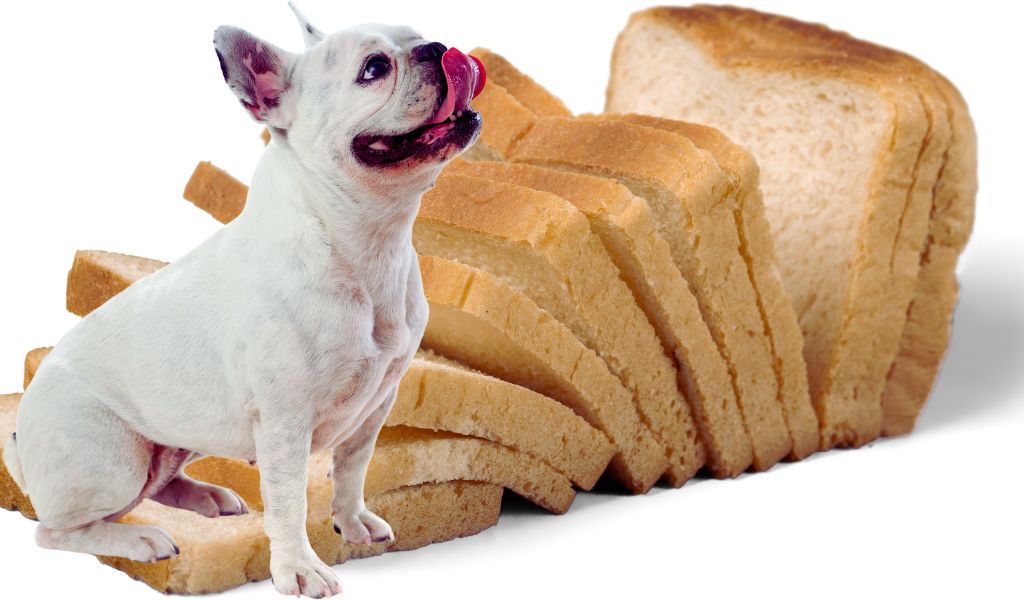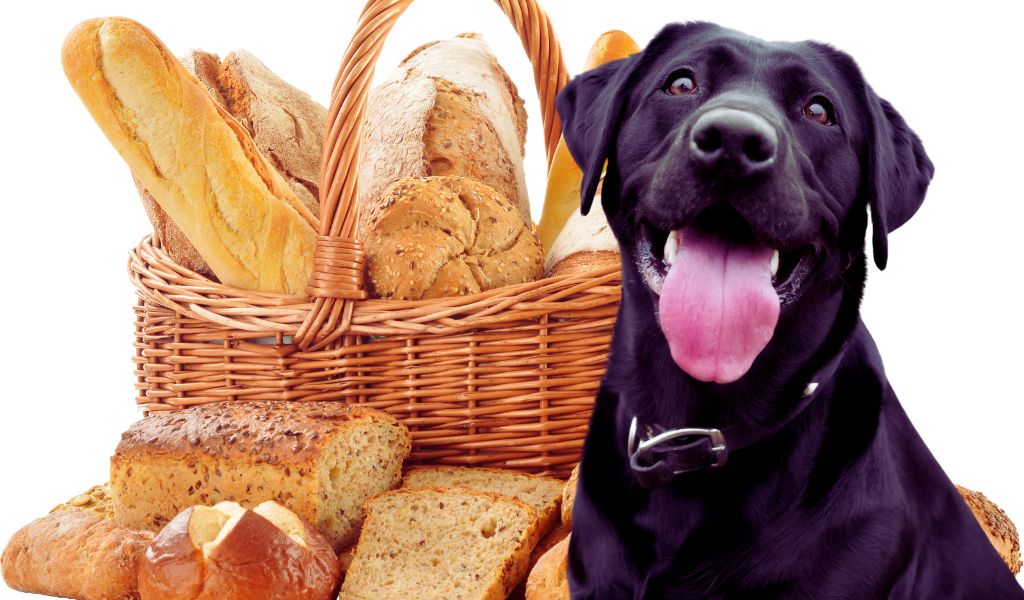Dogs have a notorious reputation for getting into things they shouldn’t, and one common scenario pet owners may find themselves in is discovering that their dog has devoured a whole loaf of bread.
While this may not seem like a big deal at first glance, consuming large quantities of bread can actually be harmful to dogs.
From potential digestive issues to life-threatening complications like intestinal blockages, it’s important to take action quickly if your dog has indulged in a bread feast.
In this article, we will explore the steps you should take if your dog has eaten a whole loaf of bread, including when to seek veterinary care and how to prevent future incidents.
By being informed and proactive, you can ensure the health and safety of your dog in the event of a bread-related emergency.

Understanding the Risks: What Happens When a Dog Eats Bread?
Understanding the risks of feeding your dog bread is important to ensure the health and safety of your pet.
While white bread is generally safe for dogs to eat in small amounts, there are certain types of bread that can be harmful.
For example, bread dough can distend a dog’s stomach and cause bloat, while raisins found in raisin bread can be toxic to dogs.
Additionally, ingredients like garlic or macadamia nuts commonly found in bread can be harmful to dogs.
If your dog ate a loaf of bread or eaten bread dough, it is important to contact a veterinarian immediately for assistance.
Is Bread Safe for Dogs?
While whole wheat bread and rye bread are generally safe options, it is best to limit the amount of bread you feed your dog to prevent stomach upset.
In some cases, bread can be good for dogs as it provides some nutritional benefits, but it should not be a primary source of food for your pet.
If you find that your dog has ingested a large amount of bread, monitor their behaviour closely and watch for signs of discomfort.
While a small piece of bread here and there is fine for your dog, it is important to remember that bread should not replace dog food in their diet.
Immediate Steps: First Aid for a Dog Who Ate Bread
Immediate Steps: If your dog ate a loaf of bread, immediate action may be necessary.
While wheat bread and white bread are generally safe for dogs to eat in small quantities, other types of bread like raisin bread, garlic bread, and bread dough can be toxic to dogs.
If your dog has ingested bread containing raisins, macadamia nuts, or garlic, it is crucial to contact your veterinarian immediately.
These ingredients can cause serious health issues such as bloat and stomach upset.
First Aid for a Dog Who Ate Bread: If your dog has eaten bread that is safe for dogs, monitor them for any signs of discomfort or bloating.
Bread can distend a dog’s stomach if they have eaten too much. In most cases, your dog will be able to pass the bread without any issues.
However, if your dog is showing symptoms of distress, it is best to seek veterinary care as soon as possible.
FAQs
What are the risks of my dog consuming a whole loaf of bread?
When a dog consumes a whole loaf of bread, it can lead to various issues. The bread can cause stomach upset, diarrhea, and potential bloat in the dog. Some types of bread may also contain toxic ingredients like raisins or macadamia nuts, which are harmful to dogs.
Should I feed my dog anything after it has consumed a loaf of bread?
It is recommended not to feed anything to your dog immediately after it has eaten a loaf of bread. Monitor the dog closely for any signs of vomiting or discomfort. If the dog shows any concerning symptoms, contact a veterinarian immediately.
Is white bread more harmful to dogs than wheat bread?
Both white bread and wheat bread can cause issues if consumed excessively by dogs. While wheat bread might have more fiber and be slightly better, both types can still lead to stomach upset in dogs.
Can garlic bread be toxic to dogs?
Garlic is known to be toxic to dogs, so garlic bread should be avoided at all costs and should never be fed to dogs.

